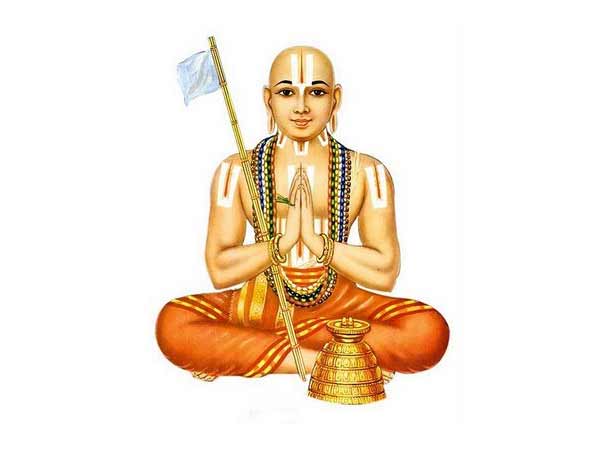Sri Ramanuja – Great Personality Sri Ramanuja was born to Kesava Somayaji – Kanthimathi couple in the year 1017 A..D in Pingala Year, Chitra Month, Mesha Raasi, Thiruvadhira Nakshatra at Sriperumbudur near Kanchipuram. Glow and Appearance His maternal uncle Tirumala Nambi (Sri Saila Purna) came from Tirumala to Sri Perumbudur, looked at the child, and Read More
Ads Blocker Detected!!!
We have detected that you are using extensions to block ads. Please support us by disabling these ads blocker.

